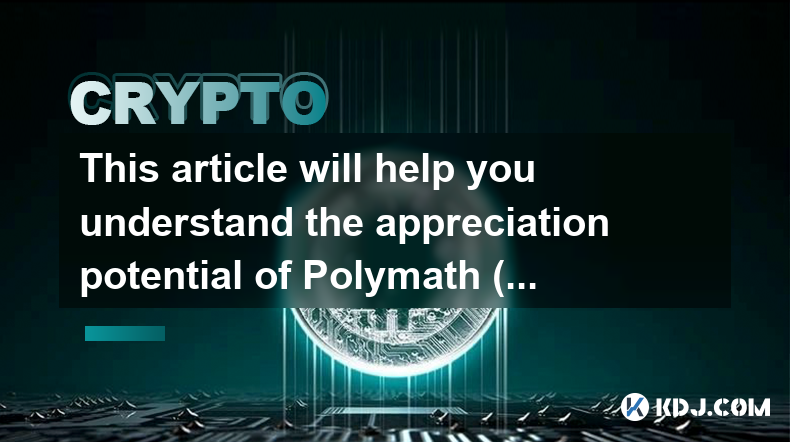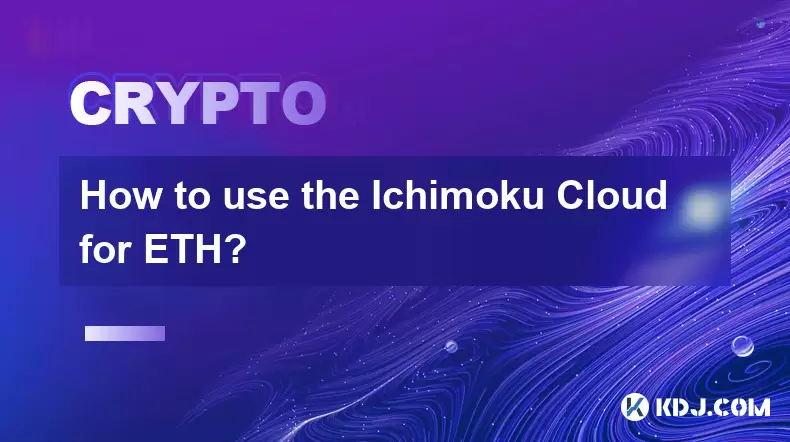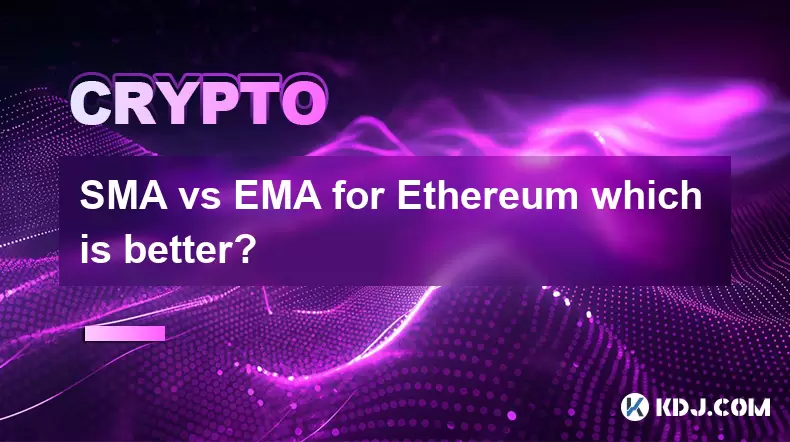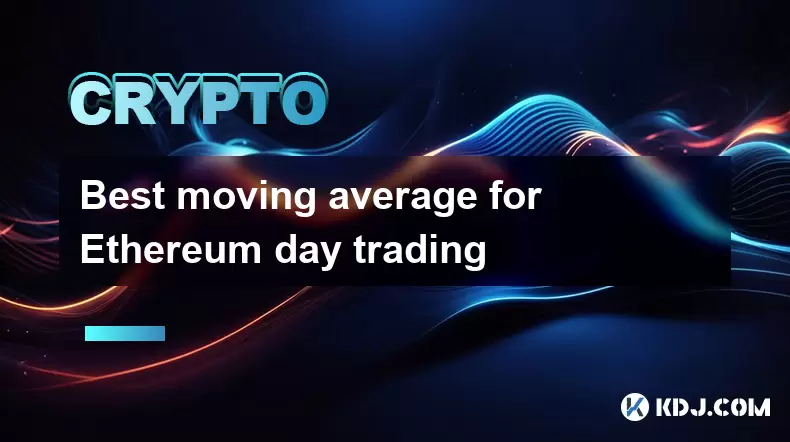-
 Bitcoin
Bitcoin $118100
-0.44% -
 Ethereum
Ethereum $3585
5.43% -
 XRP
XRP $3.434
5.65% -
 Tether USDt
Tether USDt $1.000
0.02% -
 BNB
BNB $743.8
3.89% -
 Solana
Solana $178.7
3.84% -
 USDC
USDC $1.000
0.03% -
 Dogecoin
Dogecoin $0.2381
12.81% -
 TRON
TRON $0.3270
3.62% -
 Cardano
Cardano $0.8315
4.93% -
 Hyperliquid
Hyperliquid $44.51
-4.42% -
 Stellar
Stellar $0.4710
1.52% -
 Sui
Sui $3.896
-2.51% -
 Chainlink
Chainlink $18.09
6.98% -
 Hedera
Hedera $0.2681
9.31% -
 Bitcoin Cash
Bitcoin Cash $516.7
4.83% -
 Avalanche
Avalanche $23.95
6.96% -
 Shiba Inu
Shiba Inu $0.00001490
5.67% -
 UNUS SED LEO
UNUS SED LEO $8.966
0.80% -
 Toncoin
Toncoin $3.294
4.39% -
 Litecoin
Litecoin $105.4
4.69% -
 Polkadot
Polkadot $4.356
5.30% -
 Uniswap
Uniswap $10.29
17.25% -
 Monero
Monero $327.9
-3.04% -
 Bitget Token
Bitget Token $4.942
4.33% -
 Ethena USDe
Ethena USDe $1.001
0.08% -
 Pepe
Pepe $0.00001348
2.17% -
 Dai
Dai $1.000
0.02% -
 Aave
Aave $320.8
0.58% -
 Bittensor
Bittensor $411.8
-4.07%
This article will help you understand the appreciation potential of Polymath (POLY) currency
Polymath (POLY), an Ethereum-based tool, offers businesses greater efficiency and transparency by facilitating the issuance of digital securities on the blockchain network.
Dec 27, 2024 at 11:16 pm

Key Points
- Polymath (POLY) is an Ethereum-based security token platform that enables companies to create and issue digital securities.
- POLY is the native utility token of Polymath and is used to pay for platform fees and access premium features.
- The Polymath platform offers a number of advantages over traditional security token issuance methods, including reduced costs, increased efficiency, and improved transparency.
- POLY has a limited issuance of 1 billion tokens, which could potentially drive up its value as demand increases.
- The Polymath team is experienced and well-respected in the blockchain industry.
- Polymath has a number of key partnerships with leading cryptocurrency exchanges and financial institutions.
- POLY has been listed on several major cryptocurrency exchanges, including Binance, KuCoin, and Uniswap.
- The future of POLY looks bright, as the demand for digital securities is expected to grow in the coming years.
Comprehensive Guide to Polymath (POLY) Currency
What is Polymath (POLY)?
Polymath is a security token platform that enables companies to create and issue digital securities. Digital securities are a new type of security that is issued on a blockchain network, which provides a number of advantages over traditional securities, including reduced costs, increased efficiency, and improved transparency.
POLY is the native utility token of Polymath and is used to pay for platform fees and access premium features. POLY is an ERC-20 token, which means that it is built on the Ethereum blockchain. The Polymath platform has been designed to be compliant with all applicable securities laws and regulations.
How Does Polymath Work?
The Polymath platform consists of two main components: the Polymath Token Studio and the Polymath Registry. The Token Studio is a web-based platform that companies use to create and issue security tokens. The Registry is a decentralized database that stores information about all security tokens that have been issued on the Polymath platform.
To create a security token, a company first needs to create a legal wrapper for the token. This legal wrapper defines the terms and conditions of the token, including the rights and obligations of token holders. Once the legal wrapper has been created, the company can then use the Token Studio to create the security token itself.
Once the security token has been created, the company can then list it on the Polymath Registry. This will make the token available to potential investors. Investors can then purchase the token through a cryptocurrency exchange or directly from the issuing company.
What are the Advantages of Using Polymath?
There are a number of advantages to using Polymath to create and issue digital securities. These advantages include:
- Reduced costs: The Polymath platform can save companies significant amounts of money on the cost of issuing securities. This is because the platform automates many of the tasks that are traditionally involved in the issuance process.
- Increased efficiency: The Polymath platform can help companies to issue securities more quickly and efficiently than traditional methods. This is because the platform eliminates the need for many of the manual processes that are traditionally involved in the issuance process.
- Improved transparency: The Polymath platform provides investors with a high level of transparency into the security token issuance process. This is because the platform stores all information about security tokens on a decentralized blockchain network.
What is the Future of Polymath?
The future of Polymath looks bright. The demand for digital securities is expected to grow in the coming years, as more and more companies realize the benefits of using this new type of security. Polymath is well-positioned to meet this growing demand, as it offers a comprehensive and compliant platform for the issuance of digital securities.
In addition, Polymath has a number of key partnerships with leading cryptocurrency exchanges and financial institutions. These partnerships will help Polymath to reach a wider audience of potential users.
Overall, the future of Polymath looks bright. The company is well-positioned to meet the growing demand for digital securities, and it has a number of key partnerships that will help it to reach a wider audience.
FAQs
1. What is the relationship between POLY and Polygon?
POLY is the native utility token of Polymath, while Polygon is a Layer-2 scaling solution for Ethereum. The two projects are not related.
2. Is POLY a good investment?
Whether or not POLY is a good investment depends on a number of factors, including the price of the token, the demand for digital securities, and the overall health of the cryptocurrency market.
3. How can I buy POLY?
POLY can be purchased on several major cryptocurrency exchanges, including Binance, KuCoin, and Uniswap.
4. What is the future of POLY?
The future of POLY looks bright. The demand for digital securities is expected to grow in the coming years, and Polymath is well-positioned to meet this growing demand.
Disclaimer:info@kdj.com
The information provided is not trading advice. kdj.com does not assume any responsibility for any investments made based on the information provided in this article. Cryptocurrencies are highly volatile and it is highly recommended that you invest with caution after thorough research!
If you believe that the content used on this website infringes your copyright, please contact us immediately (info@kdj.com) and we will delete it promptly.
- Altcoins, Ethereum, and SharpLink: A New Era in Crypto Investment?
- 2025-07-19 09:15:12
- Coin Shop Homicide: Guilty Verdict After Decade-Long Wait
- 2025-07-19 08:50:13
- Ethereum's Ether Surge: Riding High at $3,700 – What's Fueling the Rally?
- 2025-07-19 09:15:12
- Shiba Inu, Pepe, and the Token Rally: What's Next for Meme Coins?
- 2025-07-19 08:50:13
- BlockDAG, XRP, and the Quest for Higher Returns: A 2025 Crypto Deep Dive
- 2025-07-19 09:15:14
- PEPE Coin, Ozak AI, and Crypto Analysis: Riding the Meme Wave to Potential Gains
- 2025-07-19 09:15:14
Related knowledge

How to add indicators to Ethereum chart on TradingView?
Jul 19,2025 at 07:15am
What Is an Ethereum Chart on TradingView?The Ethereum chart on TradingView is a visual representation of the price movement of Ethereum (ETH) over a s...

How to use the Ichimoku Cloud for ETH?
Jul 18,2025 at 09:56pm
Understanding the Ichimoku Cloud and Its ComponentsThe Ichimoku Cloud, also known as Ichimoku Kinko Hyo, is a versatile technical analysis tool that p...

SMA vs EMA for Ethereum which is better?
Jul 19,2025 at 12:36am
Understanding the Basics of SMA and EMAIn the world of cryptocurrency trading, especially when dealing with Ethereum, technical indicators play a cruc...

Best moving average for Ethereum day trading
Jul 19,2025 at 01:42am
Understanding the Role of Moving Averages in Ethereum Day TradingIn the realm of Ethereum day trading, moving averages are indispensable tools for ide...

How to customize USDT TRC20 mining fees? Flexible adjustment tutorial
Jun 13,2025 at 01:42am
Understanding USDT TRC20 Mining FeesMining fees on the TRON (TRC20) network are essential for processing transactions. Unlike Bitcoin or Ethereum, whe...

USDT TRC20 transaction is stuck? Solution summary
Jun 14,2025 at 11:15pm
Understanding USDT TRC20 TransactionsWhen users mention that a USDT TRC20 transaction is stuck, they typically refer to a situation where the transfer...

How to add indicators to Ethereum chart on TradingView?
Jul 19,2025 at 07:15am
What Is an Ethereum Chart on TradingView?The Ethereum chart on TradingView is a visual representation of the price movement of Ethereum (ETH) over a s...

How to use the Ichimoku Cloud for ETH?
Jul 18,2025 at 09:56pm
Understanding the Ichimoku Cloud and Its ComponentsThe Ichimoku Cloud, also known as Ichimoku Kinko Hyo, is a versatile technical analysis tool that p...

SMA vs EMA for Ethereum which is better?
Jul 19,2025 at 12:36am
Understanding the Basics of SMA and EMAIn the world of cryptocurrency trading, especially when dealing with Ethereum, technical indicators play a cruc...

Best moving average for Ethereum day trading
Jul 19,2025 at 01:42am
Understanding the Role of Moving Averages in Ethereum Day TradingIn the realm of Ethereum day trading, moving averages are indispensable tools for ide...

How to customize USDT TRC20 mining fees? Flexible adjustment tutorial
Jun 13,2025 at 01:42am
Understanding USDT TRC20 Mining FeesMining fees on the TRON (TRC20) network are essential for processing transactions. Unlike Bitcoin or Ethereum, whe...

USDT TRC20 transaction is stuck? Solution summary
Jun 14,2025 at 11:15pm
Understanding USDT TRC20 TransactionsWhen users mention that a USDT TRC20 transaction is stuck, they typically refer to a situation where the transfer...
See all articles

























































































